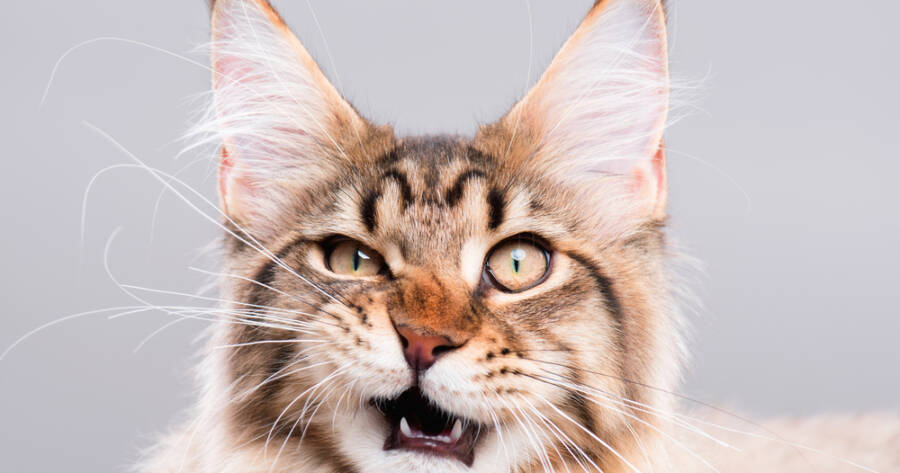Cats may have a reputation for being independent, but they’re also excellent communicators, especially with their voices. If your cat has been vocal lately, they’re likely trying to tell you something. Meows, chirps, yowls, and even trills each carry meaning based on context, tone, and frequency. Learning to recognize what different sounds might mean can help you understand your feline better and strengthen the bond between you.
The Classic Meow: Attention, Please
The standard meow is a cat’s go-to vocalization when trying to get your attention. Unlike other sounds, meowing is mostly used to communicate with humans, not other cats. Your cat may meow when they’re hungry, bored, curious, or just want a little affection. Some breeds, like Siamese cats, are naturally more vocal than others and enjoy “talking” to their people.
If your cat meows more than usual, it could be a sign that something has changed. Check for alterations in their routine, feeding schedule, or environment. Older cats may also meow more due to confusion or cognitive decline. Pay attention to the context—it often holds the key to decoding the message.
Chirps and Trills: Friendly Hellos and Encouragement
Chirping and trilling are soft, short sounds that usually signal excitement or friendliness. Mother cats use trills to communicate with their kittens, and many adult cats continue to use them to interact with people. If your cat greets you at the door with a trill, it’s likely a happy welcome home.
Chirping, often described as a mix between a meow and a bird call, is commonly directed at windows, especially when your cat spots birds or squirrels outside. It’s a sound of stimulated hunting instinct or frustration at not being able to reach the “prey.” It’s nothing to worry about—just a little vocal commentary on the wildlife.
Yowling: Something’s Not Quite Right
Yowling is a long, drawn-out sound that’s hard to ignore. It can indicate discomfort, stress, or even pain. Unneutered or unspayed cats may yowl during mating season, especially if they sense another cat nearby. If your cat is fixed and still yowling, it may be due to anxiety, confusion, or health concerns.
Yowling at night or in unfamiliar settings could point to loneliness or disorientation. In older cats, it may be related to cognitive issues that come with age. Always pay attention to sudden or persistent yowling—it’s often a cue that your cat needs help or that something in their environment isn’t right.
Growls and Hisses: Warning Signs
Growling and hissing are clear signs your cat feels threatened or stressed. These sounds usually occur during confrontations with other animals, strangers, or when they’re cornered. A growl is a low, rumbling warning, while a hiss is more of an immediate reaction to perceived danger.
Cats may also growl when guarding food or territory, or if they’re in pain. If your normally sweet cat starts growling unexpectedly, it’s important to rule out physical discomfort or environmental stressors. Give them space and avoid trying to comfort them physically until they’ve calmed down—touch may escalate the reaction instead of soothing it.
Excessive Meowing: When to Be Concerned
While most vocalizations are harmless, a sudden change in how often your cat meows—or how it sounds—could indicate a problem. Excessive or hoarse meowing might point to illness, stress, or injury. If your cat seems restless, avoids eating, or behaves unusually alongside the vocal changes, it’s best to consult a vet.
Cats are subtle creatures, and vocal shifts are often one of the first signs that something is off. Trust your instincts. You know your cat’s normal behavior better than anyone else. When vocal patterns change, it’s worth investigating—especially if the meowing feels different in tone, volume, or urgency.
When Every Sound Has Meaning
Cat sounds are more than background noise—they’re a meaningful part of how your pet communicates with you. Whether it’s a cheerful trill, an insistent meow, or a late-night yowl, your cat is trying to share something important. Tuning into those vocal cues can reveal what they need, how they’re feeling, and what kind of care will make them feel secure. Listening closely may be one of the kindest things you can do.

